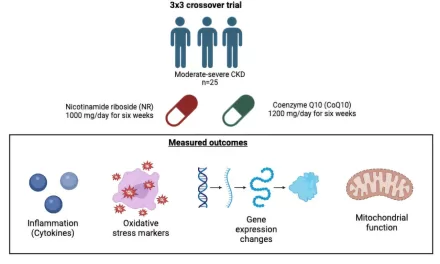Recent research has unveiled a compelling case for diversifying fish consumption, with a particular emphasis on increasing the intake of wild fish such as mackerel, anchovies, and herring. These fish, which are often used as feed in farmed salmon aquaculture, offer significant health benefits and could help address global nutrient deficiencies.
The study, published in Nature Food, reveals that the production of farmed salmon leads to a loss of essential dietary nutrients. Researchers from the University of Cambridge, Lancaster University, University of Stirling, and the University of Aberdeen analyzed the nutrient flow from wild fish used as feed to the farmed salmon. They discovered a reduction in six out of nine key nutrients in farmed salmon, including calcium, iodine, iron, omega-3 fatty acids, vitamin B12, and vitamin A. In contrast, levels of selenium and zinc were found to be higher.
Dr. David Willer, the lead author of the study from the Zoology Department at the University of Cambridge, emphasizes the nutritional advantages of consuming wild fish directly. “Most species of wild fish used as feed have a similar or greater density and range of micronutrients than farmed salmon fillets,” he said. “While it’s important to support sustainable growth in the salmon industry, incorporating a wider variety of wild fish into our diets can enhance nutrient intake.”
In the UK, nutrient deficiencies are prevalent, with 71% of adults having insufficient vitamin D during winter and many teenage girls and women lacking iodine, selenium, and iron. Despite these deficiencies, only a small percentage of the population consumes wild fish like mackerel, anchovies, and herring regularly.
The study suggests that eating one-third of the current food-grade wild-feed fish directly could maximize nutrient benefits and alleviate pressures on marine resources. “Marine fisheries are crucial for local and global food systems, but large catches are diverted towards farm feeds. Prioritizing nutritious seafood for direct human consumption can improve diets and promote ocean sustainability,” stated Dr. James Robinson, senior author from Lancaster University.
The researchers highlighted that wild fish species such as Pacific and Peruvian anchoveta, Atlantic herring, mackerel, sprat, and blue whiting contained higher or comparable concentrations of essential nutrients compared to farmed salmon. For instance, wild-feed fish had over five times more calcium and four times more iodine than farmed salmon, and significantly higher amounts of iron, omega-3 fatty acids, and vitamin B12.
Dr. Richard Newton from the Institute of Aquaculture, University of Stirling, noted, “Farmed salmon is an excellent nutritional source, but improving nutrient retention from feed ingredients could enhance its benefits. A more strategic approach, including using fishery by-products and sustainably-sourced fish, could lead to better nutrient retention.”
The study also advocates for a shift in industry practices, suggesting the adoption of a nutrient retention metric alongside the Fish In Fish Out (FIFO) ratio to improve efficiency and reduce the impact on fish stocks. Dr. Willer expressed a desire for the industry to expand sustainably and to offer more diverse, affordable, and convenient wild fish products for consumers.
In conclusion, this research underscores the potential health benefits of incorporating a variety of wild fish into our diets and calls for industry changes to enhance nutrient retention and sustainability in aquaculture.
Reference: Willer, D. F., Newton, R., Malcorps, W., Kok, B., Little, D., Lofstedt, A., de Roos, B., & Robinson, J. P. W. (2024). Wild fish consumption can balance nutrient retention in farmed fish. Nature Food. DOI: 10.1038/s43016-024-00932-z












